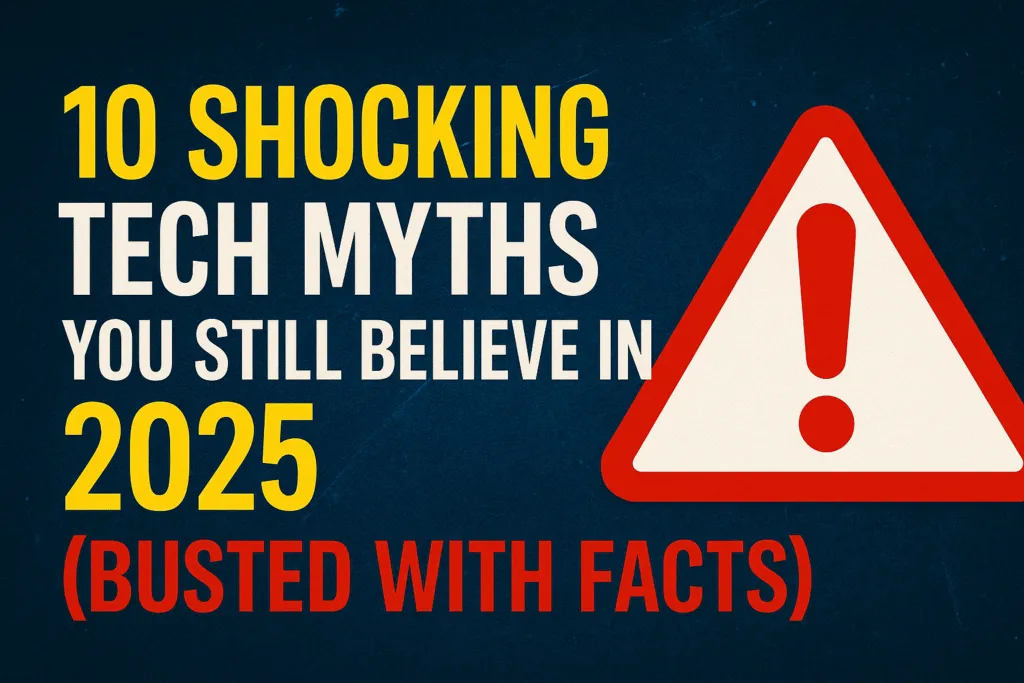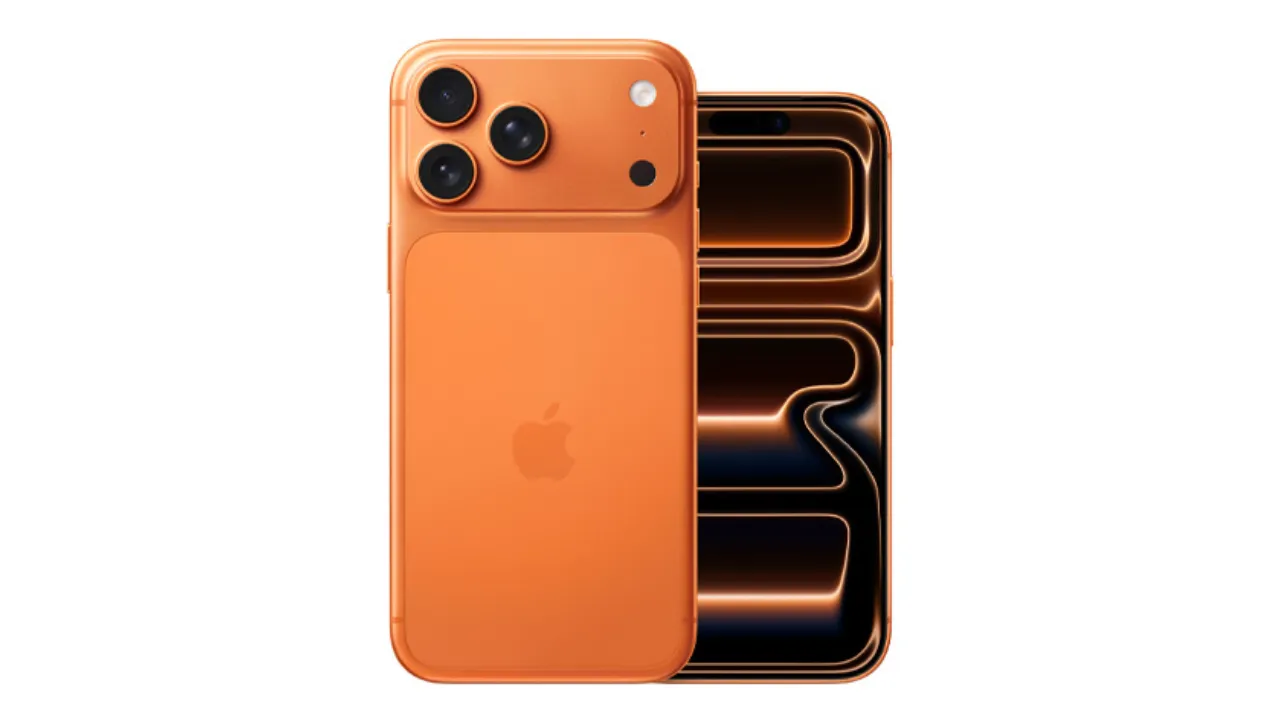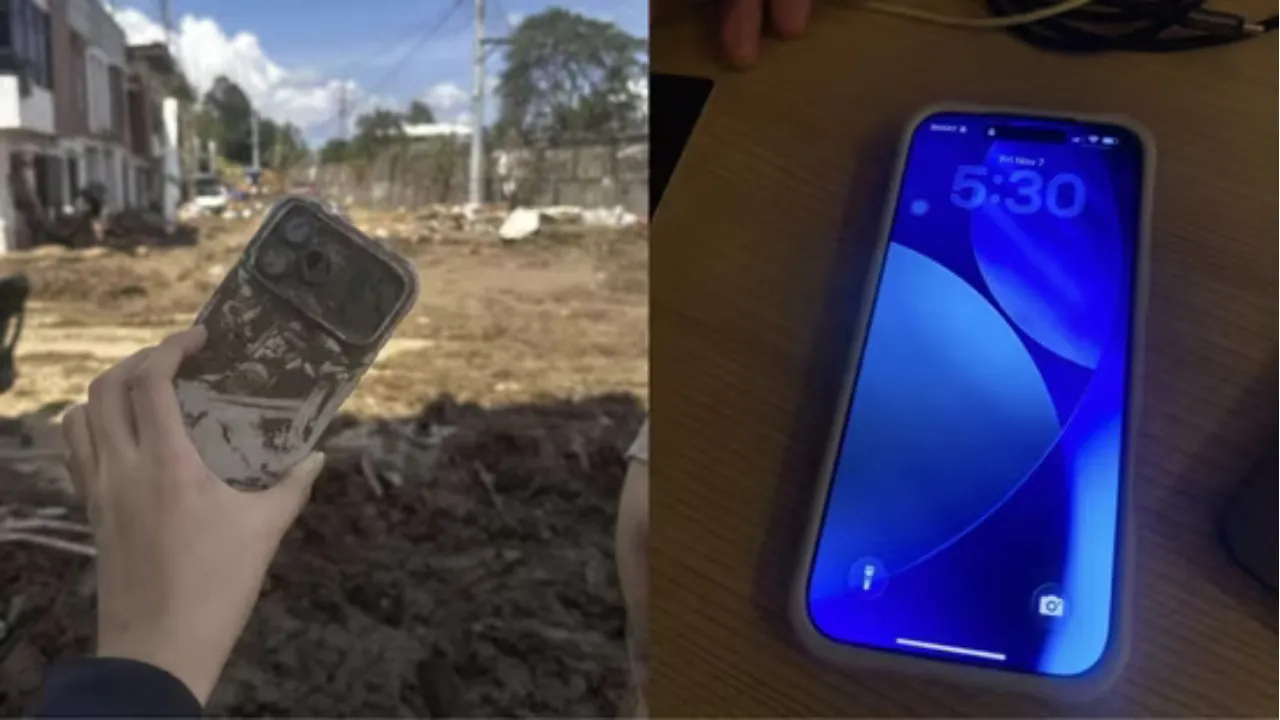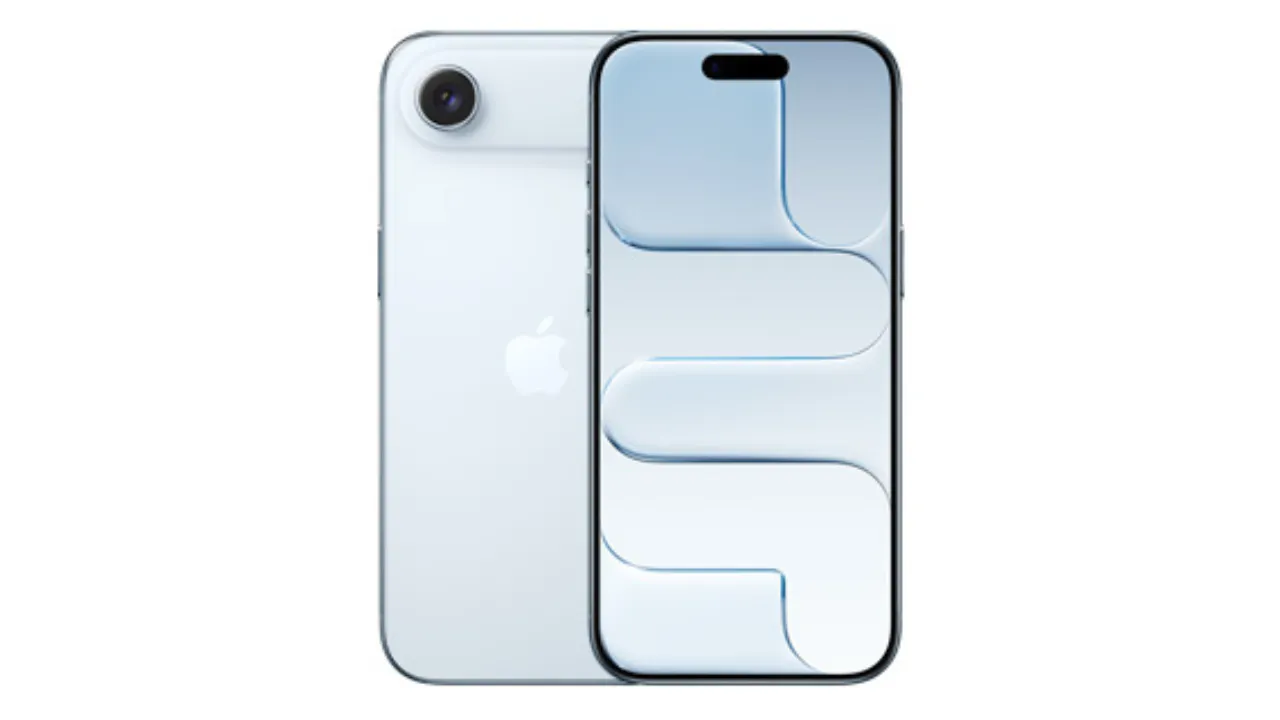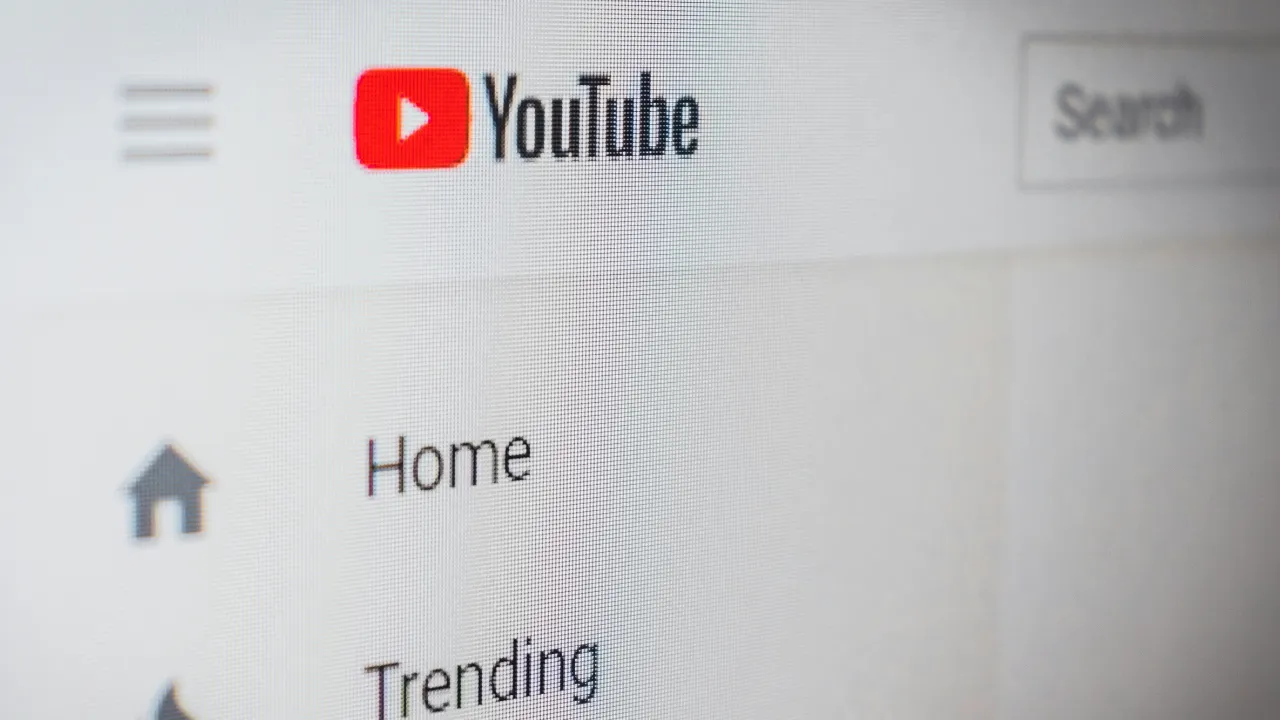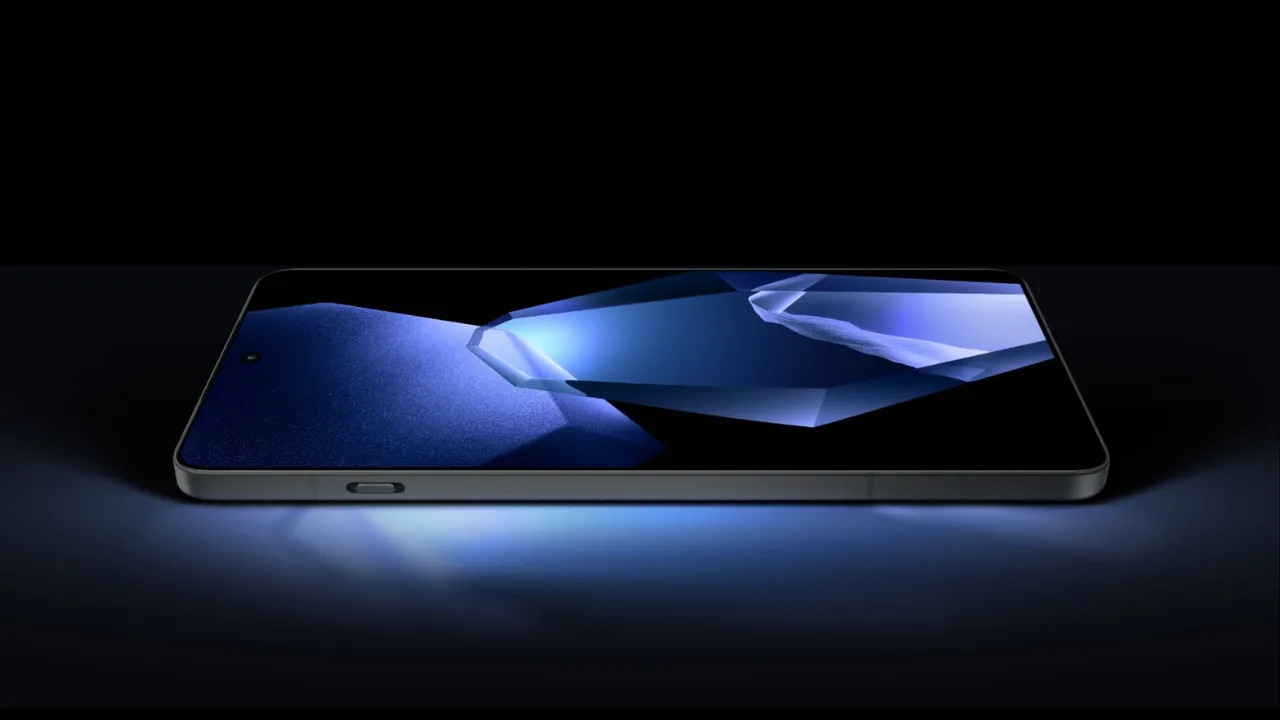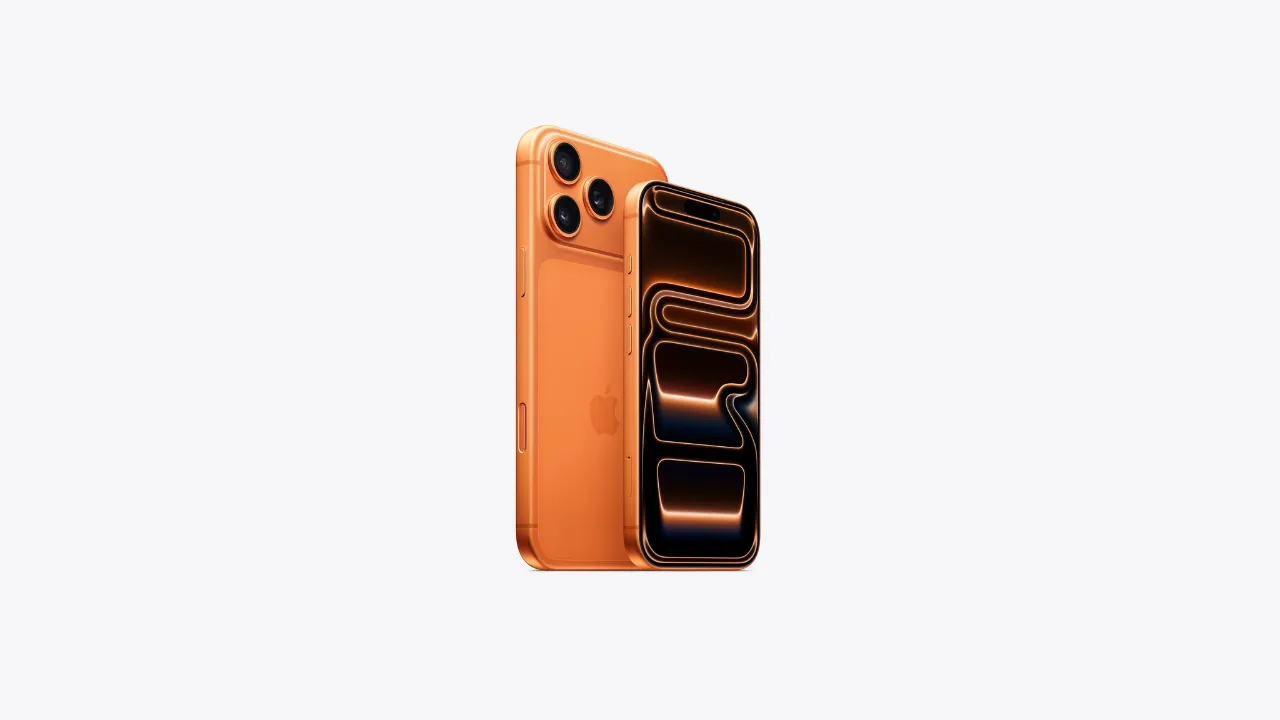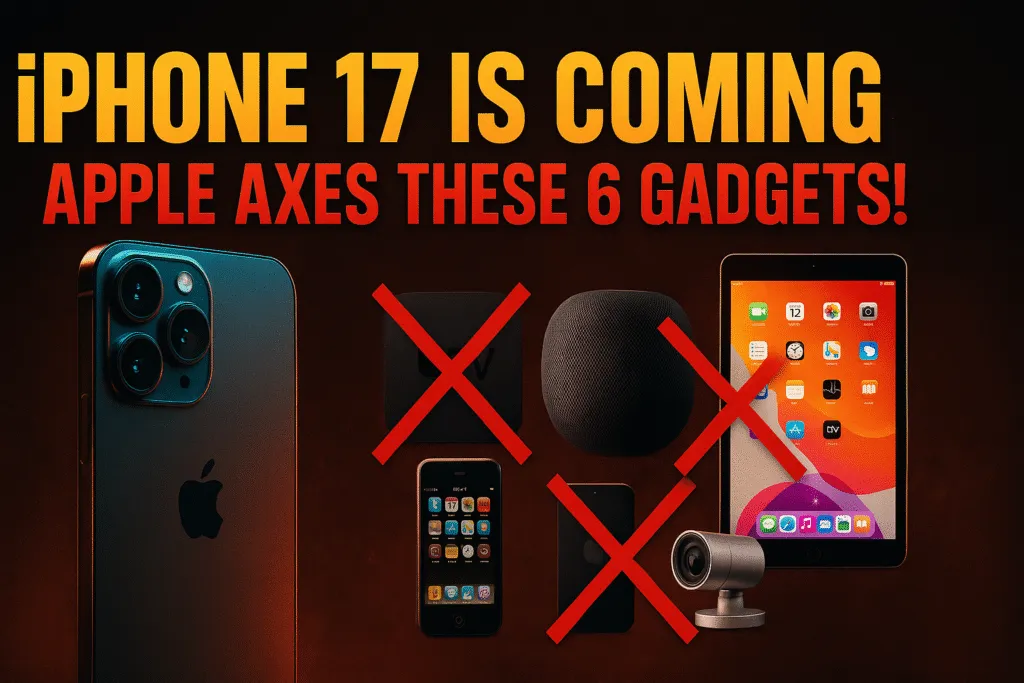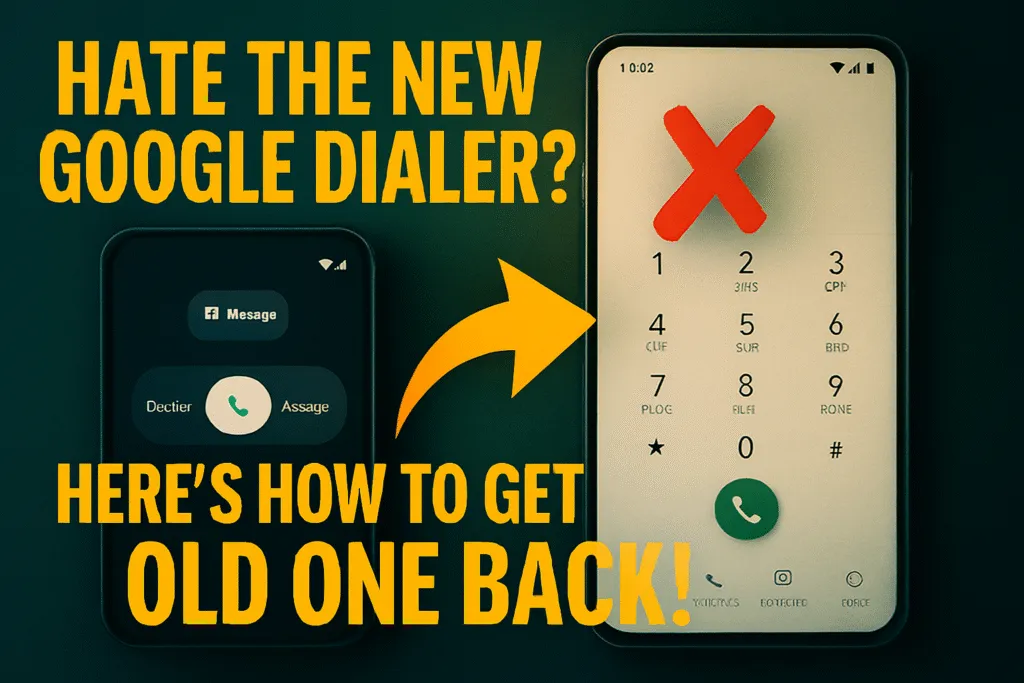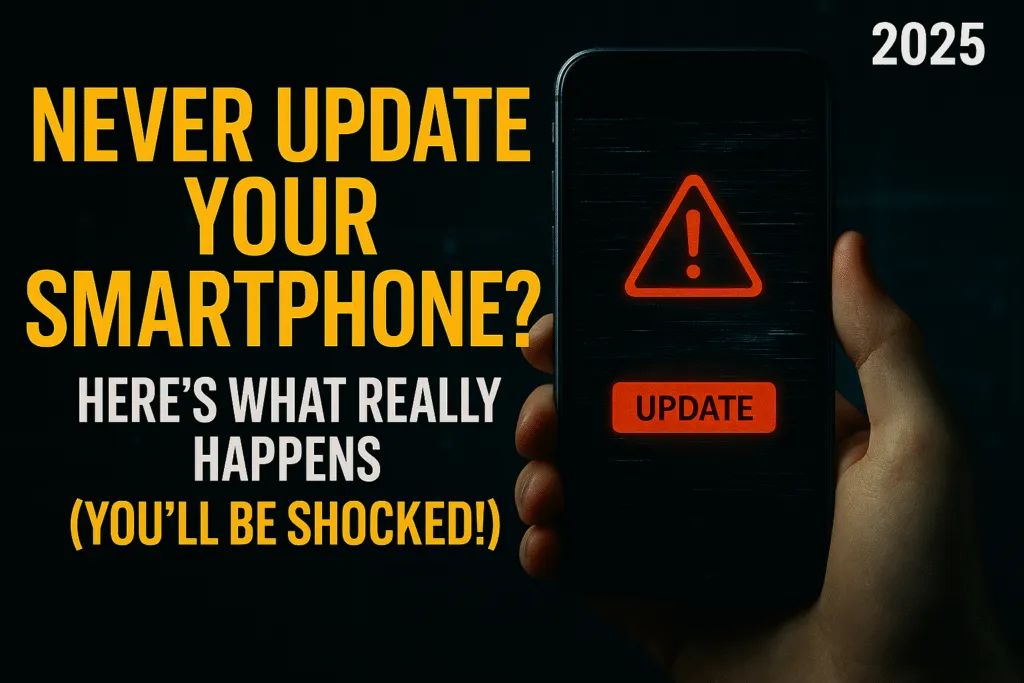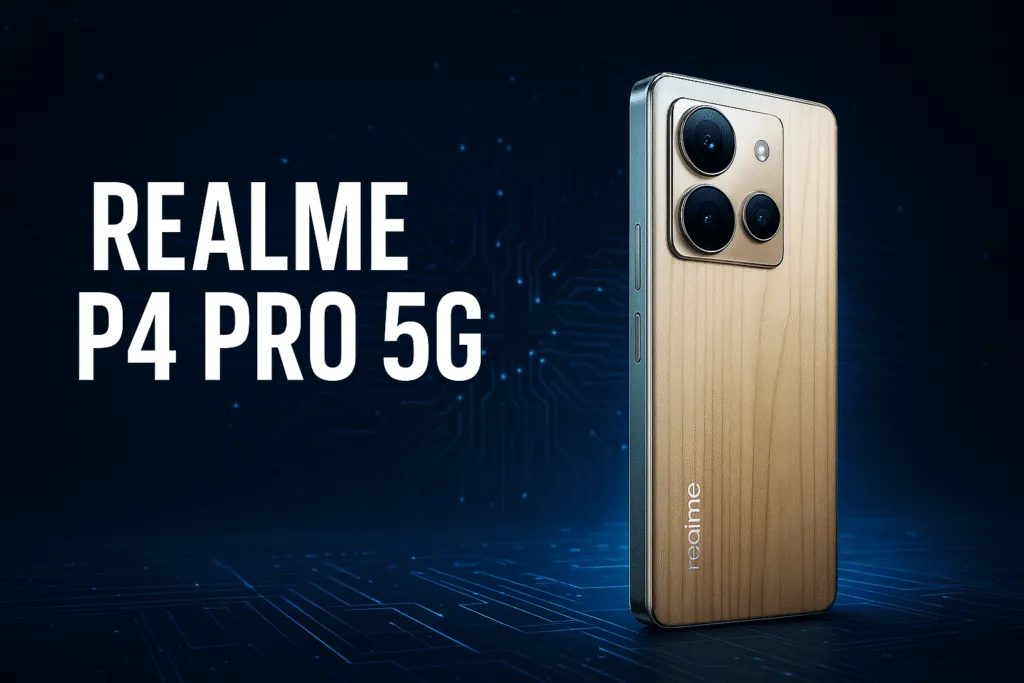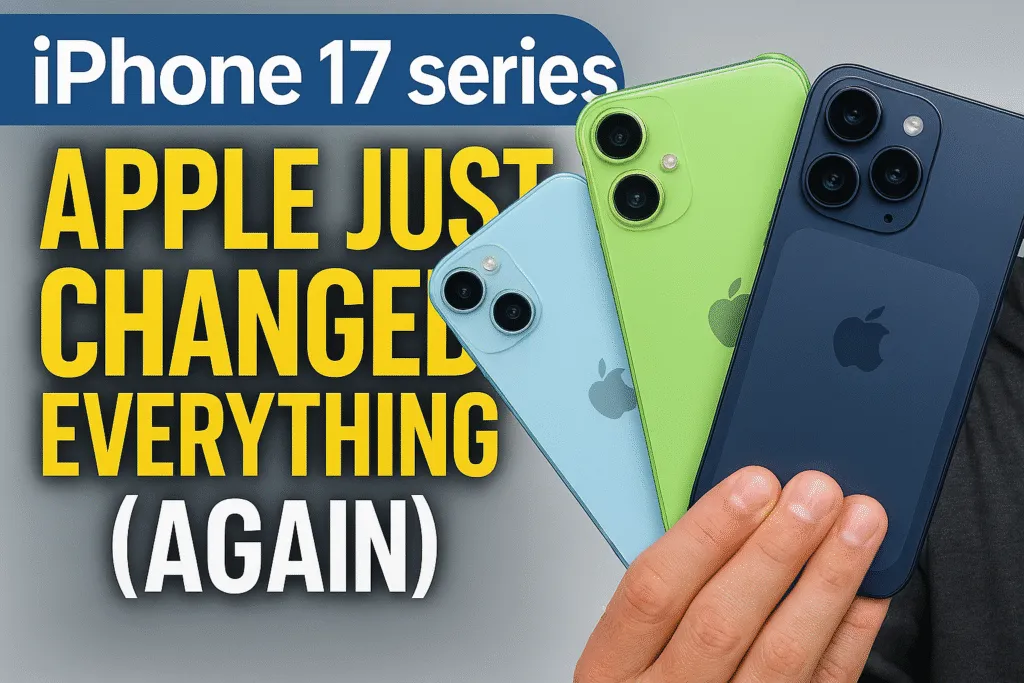Introduction – Why Tech Myths Still Exist in 2025
In 2025, tech myths are still everywhere—clogging forums, confusing users, and misleading even smart consumers. Despite the rise of AI, smart assistants, and instant fact-check tools, misinformation continues to spread faster than ever. Why? Because many tech myths sound logical. They’re often passed down by friends, family, or even outdated tech blogs, making them feel trustworthy.
For example, you’ve probably heard that charging your phone overnight kills the battery or that more megapixels always mean better camera quality. These ideas were based on older technology but no longer apply in today’s world. Yet, they persist due to habit, hearsay, and lack of verified sources.
Social media also plays a big role. Viral posts and YouTube shorts simplify complex topics but rarely offer context. This leads to half-truths being shared as facts.
That’s why this post debunks the top 10 tech myths still believed in 2025. From smartphones and privacy to AI and gadgets, we’ll uncover the truth behind popular misconceptions—helping you become a smarter, tech-savvy user.
Myth 1: Charging Your Phone Overnight Ruins the Battery
This is one of the most common tech myths that people still believe in 2025. The idea that overnight charging damages your phone’s battery might have been true in the early 2010s—but not anymore.
Modern smartphones use lithium-ion batteries and come with smart charging technologies. These systems automatically stop charging once your battery hits 100%. So, if you plug your phone in overnight, it may top off occasionally, but it won’t keep charging non-stop or “overheat” the battery.
That said, keeping your battery between 20% to 80% is ideal for long-term battery health. But charging overnight won’t instantly kill your phone’s battery or cause severe damage. It may cause slight wear over years, but that’s negligible for the average user.
If you’re concerned, many phones now include adaptive charging features that delay the charge until just before you wake up—ensuring both a full charge and less stress on the battery.
Quick Tip:
Use an original or certified charger, avoid charging in very hot places, and let your battery occasionally go below 50%.
Myth 2: More RAM = Faster Device
This is another popular tech myth that refuses to die. Many users believe that more RAM automatically means a faster phone or computer. While RAM (Random Access Memory) plays a vital role in performance, it’s not the only factor—and adding more isn’t always the magic fix.
Think of RAM as a desk. A bigger desk (more RAM) lets you open more files (apps) at once. But if your processor is slow, or your storage is outdated (like an old HDD instead of an SSD), then performance will still lag—no matter how big the desk is.
In 2025, most flagship smartphones and laptops come with 8GB to 16GB RAM, which is already more than enough for daily tasks. For gaming, video editing, or 3D rendering, yes—more RAM helps. But for everyday use, optimization matters more than raw numbers.
Many users upgrade RAM expecting a massive speed boost, only to find minimal changes. That’s because speed also depends on CPU, GPU, storage type, software bloat, and system efficiency.
Quick Tip:
If your device is slow, check for background apps, malware, or consider switching from HDD to SSD before adding more RAM.
Myth 3: Incognito Mode Means Complete Privacy
Among the most misunderstood tech myths is the belief that incognito mode makes you completely anonymous online. While it does offer some privacy, it’s far from full protection.
When you browse in incognito or private mode, your browser doesn’t save your history, cookies, or form data. This means people using the same device won’t see what you did. But that’s where the privacy ends.
Your Internet Service Provider (ISP), employer (if you’re on a work network), and even the websites you visit can still track your activity. Incognito mode doesn’t hide your IP address, location, or identity from third parties.
In 2025, online privacy is more complicated than ever. If you want to be truly private, you’ll need a VPN, secure DNS, browser extensions, and even anonymous browsers like Tor.
Quick Tip:
Use incognito for local privacy only. To stay truly anonymous online, use trusted VPN services, disable trackers, and avoid logging into personal accounts.
Myth 4: Full Signal Bars Mean Fast Internet
This is one of those tech myths that frustrates many users. Seeing full signal bars on your smartphone makes you think your internet should be blazing fast—but that’s not always true.
Signal bars only show your signal strength, not the network quality or speed. You could have full bars and still face slow internet, especially if the network is overloaded, if you’re connected to a congested cell tower, or if your data plan is throttled.
In 2025, with widespread 4G and 5G, people assume signal strength equals speed. But internet performance depends on multiple factors like bandwidth availability, network traffic, your carrier’s infrastructure, and even physical obstructions (like buildings or weather).
For example, during a crowded event or in a busy market, you may have full signal bars but still experience slow internet. That’s because too many users are sharing the same network resources.
Quick Tip:
To check real internet speed, use tools like Speedtest.net instead of relying on signal bars. For better connectivity, try switching between 4G and 5G, or enable Wi-Fi calling when indoors.
Myth 5: Closing Apps Saves Battery Life
One of the most common tech myths still believed in 2025 is that manually closing background apps helps save battery. While it sounds logical, it’s actually counterproductive on modern smartphones.
Operating systems like Android and iOS are designed to manage apps efficiently. When you switch apps, they are placed in a paused or “sleep” state, using minimal to no system resources. Closing them forces the device to reload them from scratch when you open them again—which uses more battery and RAM than letting them stay idle.
This myth likely came from older versions of Android where some apps would misbehave. But in today’s mobile environment, the OS handles memory and battery optimization automatically. In fact, constantly swiping away apps may reduce performance and drain your battery faster.
Only apps that are actively misbehaving, consuming battery, or running location services should be force-closed manually.
Quick Tip:
Instead of closing apps, reduce screen brightness, turn off background location access, and enable battery saver mode for better results.
Myth 6: 5G Is Dangerous to Health
One of the most debated tech myths in recent years is the claim that 5G technology is harmful to human health. Despite repeated scientific research and global health authority statements, this myth still lingers in 2025.
Let’s set the record straight: 5G uses non-ionizing radiofrequency radiation, which is too weak to damage DNA or cells. This is the same type of radiation used in Wi-Fi, Bluetooth, and microwave ovens—all of which have been extensively tested for safety.
According to the World Health Organization (WHO) and the International Commission on Non-Ionizing Radiation Protection (ICNIRP), there is no proven link between 5G and health issues like cancer, infertility, or COVID-19 (a bizarre myth that went viral in 2020).
Much of the fear around 5G stems from misinformation, lack of awareness, and conspiracy theories spread via social media. The truth? 5G is designed to deliver faster, more reliable internet—not harm you.
Quick Tip:
Trust verified sources like WHO, avoid panic posts on social media, and know that your smartphone’s 5G signal is completely safe under global safety standards.
Myth 7: Macs Can’t Get Viruses
Among the most persistent tech myths is the belief that Mac computers are immune to viruses. While macOS is known for its strong security architecture, it is not virus-proof—especially in 2025 when cyber threats have evolved.
The myth likely began because Windows has a larger user base, making it a bigger target for malware developers. But as Mac usage grows, so does the attention from cybercriminals. Today, Macs are vulnerable to ransomware, phishing attacks, adware, spyware, and trojans—just like any other system.
Apple does implement strong built-in protections like Gatekeeper, XProtect, and System Integrity Protection, but these aren’t foolproof. The biggest risks often come from user behavior, such as downloading pirated software or clicking unknown email links.
In 2025, macOS-targeted malware is becoming more sophisticated and often disguised as trusted apps or browser extensions.
Quick Tip:
Install a trusted antivirus for Mac, update your system regularly, and avoid downloading apps from unknown sources. Even on a Mac, smart habits are your best defense.
Myth 8: Higher Megapixels Mean Better Camera Quality
This is one of the most misleading tech myths that people still fall for in 2025. Many assume that a higher megapixel count automatically means better photo quality—but that’s only partially true.
Megapixels determine the resolution of a photo, i.e., how large the image can be printed or cropped without losing detail. However, photo quality also depends on many other factors: sensor size, lens quality, image processing software, aperture, light handling, and AI optimization.
For instance, a 12MP camera with a large sensor and optical image stabilization can easily outperform a 108MP camera with a small, low-quality sensor. That’s why flagship smartphones often reduce megapixel count in favor of better sensors and advanced image processing.
In 2025, smartphone cameras rely heavily on computational photography—where AI sharpens, balances, and enhances images. This makes software even more important than raw hardware specs.
Quick Tip:
Don’t buy a phone based on megapixels alone. Check real-world reviews, sample images, and low-light performance before judging camera quality.
Myth 9: Only Original Chargers Are Safe
One of the most commonly believed tech myths is that only original (OEM) chargers are safe to use, and third-party chargers will damage your device. In reality, this isn’t always true—it depends on the quality, not just the brand.
Original chargers are built to match your device’s specifications and are usually the safest option. However, in 2025, many certified third-party chargers from brands like Anker, Belkin, or UGREEN are just as reliable—and sometimes even better in terms of durability and fast-charging support.
The real danger lies in cheap, unbranded, or counterfeit chargers. These often lack safety features like overcurrent protection, temperature control, or certified chipsets, which can lead to overheating or short-circuiting.
Modern smartphones have built-in safeguards to regulate power input, but using a low-quality charger can still pose long-term risks.
Quick Tip:
Always use chargers that are USB-IF, BIS, or CE certified. Avoid ultra-cheap options from unknown sources, and choose brands with good reviews and official listings.
Myth 10: AI Will Replace All Jobs Soon
One of the most widespread and fear-inducing tech myths in 2025 is that AI will replace all human jobs. While artificial intelligence is indeed transforming industries, the idea that it will completely wipe out human employment is an exaggeration.
AI is excellent at handling repetitive, data-driven, and predictive tasks. It boosts efficiency in sectors like manufacturing, customer support, logistics, and even creative tools. However, it lacks the ability to fully replicate human judgment, creativity, empathy, and ethical decision-making—traits essential in many roles.
What’s actually happening is a shift, not a wipeout. AI is augmenting jobs, not erasing them. For example, content creators now use AI for brainstorming, but human editing and storytelling still matter. In healthcare, AI assists with diagnosis, but human doctors make the final call.
In fact, AI is creating new jobs in data science, AI ethics, prompt engineering, and automation management.
Quick Tip:
Focus on learning how to work with AI, not against it. Upskilling in digital tools, creativity, and problem-solving will keep you future-proof in the AI era.
Bonus Myth: More Expensive Tech Is Always Better
A widely believed tech myth is that higher price equals higher quality when it comes to gadgets. While premium devices often come with better features, expensive doesn’t always mean better—especially in 2025’s competitive tech market.
Many budget and mid-range smartphones, laptops, earbuds, and smartwatches now offer exceptional performance, long battery life, and top-tier features at half the price of flagship models. Thanks to innovation and competition, brands are offering value-for-money devices that rival premium ones.
In some cases, you’re just paying for brand reputation, design, or unnecessary extras that don’t impact day-to-day use. For example, a mid-range phone with a solid processor and 90Hz display may perform just as well for most users as a high-end device costing double.
Consumers often get trapped in marketing hype, assuming the most expensive product must be the best. But with proper research and understanding of your needs, you can get amazing tech at a great price.
Quick Tip:
Before buying, compare real-world reviews, user experiences, and independent benchmarks—not just price tags or specs.
How to Identify and Avoid Tech Myths
Understanding and avoiding tech myths is essential in today’s fast-moving digital world. With so much content shared on social media, YouTube, and forums, it’s easy to fall for outdated or misleading information. But by following a few smart habits, you can separate fact from fiction.
1. Verify the Source
Always check whether the information comes from trusted tech websites, official brand pages, or certified experts. Avoid blindly trusting viral posts or unknown blogs.
2. Stay Updated
Technology evolves rapidly. What was true in 2015 may no longer apply in 2025. Subscribe to reputable tech newsletters or YouTube channels that regularly update their content.
3. Look for Peer Reviews
Before believing any claim, search for multiple real-world reviews or professional comparisons. One opinion isn’t enough to verify a tech fact.
4. Question Common Advice
If you hear something like “close background apps to save battery,” don’t just accept it—ask why and research it.
5. Use Critical Thinking
Tech myths often rely on fear or assumptions. Apply logic, and ask if the claim makes sense with today’s technology.
Quick Tip:
Bookmark fact-checked websites and follow community forums like Reddit, Quora, or StackExchange, where myths are often debunked by real users.
Conclusion – Be a Smart Tech User in 2025
In a world driven by rapid innovation and digital dependence, falling for common tech myths can lead to confusion, wasted money, and poor tech decisions. As we’ve seen throughout this guide, many outdated beliefs still circulate in 2025—from overnight charging fears to the assumption that expensive always means better.
But being a smart tech user doesn’t require being an expert. It simply means staying informed, asking questions, and not blindly trusting viral tips or flashy advertisements. Technology is powerful, but so is misinformation—and that’s where awareness makes all the difference.
Whether you’re buying a new gadget, tweaking settings, or explaining tech to others, always check facts from trusted sources. Understand that modern devices are smarter than ever, and the real value lies not just in specs or price tags, but in how you use them.
Also Read: How to Write an Email Professionally (with Examples for 2025)
Final Tip:
Bookmark this post and revisit it when you hear a new tech claim. The more you question and learn, the better your digital choices will be.
Frequently Asked Questions (FAQs)
What are tech myths?
Tech myths are common misconceptions or false beliefs about technology, often passed through social media, word of mouth, or outdated information. They sound logical but are usually incorrect or oversimplified.
Is it bad to charge my phone overnight?
No, charging your phone overnight is safe for most modern smartphones. They have built-in protections that stop charging when the battery reaches 100%.
Does more RAM always mean faster performance?
Not always. More RAM helps with multitasking, but overall speed depends on other components like CPU, storage type (SSD vs HDD), and system optimization.
Can Macs really get viruses?
Yes. While macOS is secure, Macs are still vulnerable to malware, phishing, and other cyber threats. Using antivirus software is still recommended.
Does 5G affect human health?
No. According to the World Health Organization, 5G is safe. It uses non-ionizing radiation, which doesn’t harm DNA or cells.
Are higher megapixels better for camera quality?
Not always. Photo quality also depends on sensor size, lens, and image processing. A 12MP high-quality sensor can outperform a 108MP low-quality one.
Is incognito mode truly private?
No. Incognito mode only hides your browsing history on your device. ISPs, websites, and networks can still track your online activity.
Is expensive tech always better?
No. Many affordable tech products in 2025 offer excellent performance. Don’t rely on price alone—check reviews, features, and real-world performance.
Will AI take away all jobs?
No. AI is transforming jobs, not replacing all of them. It creates new opportunities in tech, automation, and AI ethics while enhancing existing roles.
How can I avoid falling for tech myths?
Verify claims from trusted sources, stay updated with the latest news, use critical thinking, and compare multiple expert reviews before believing tech tips.
